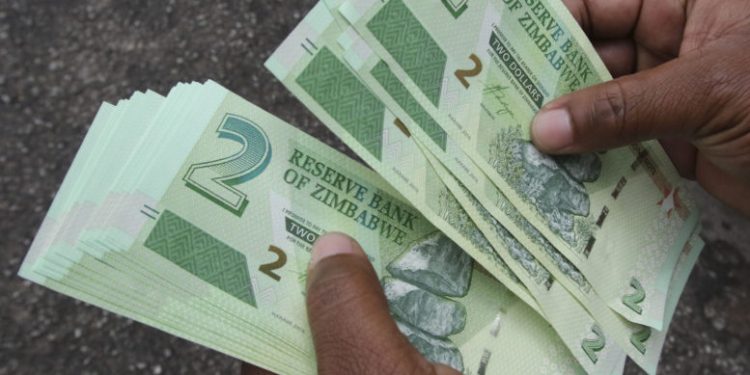The latest figures from the Zimbabwe National Statistics Agency show that the country’s annual inflation rate reached 191% in June from 132% in May, a 30.7% month-on-month increase.
This is the highest rate since April last year.
In Zimbabwe, the four main components of the consumer price index are: Food and Non-Alcoholic Beverages (31.3% of total weight); Housing and Utilities (27.6%); Transport (8.4%) and Miscellaneous Goods and Services (6.5%).
Others include: Household Contents, Equipment and Maintenance (5.3%); Alcoholic Beverages and Tobacco (4.9%); Clothing and Footwear (4.3%) and Education (4.3%). Communication, Recreation and Culture, Health and Restaurants and Hotels account for the remaining 7.5% of total weight.
Since the start of the Russia-Ukraine conflict, Zimbabwe’s inflation rate shot up from 66% to more than 130% in May.
The country’s inflation has been on an upward trend in the past three months as inflation pressures rise, driven by the continued weakening of the Zimbabwean dollar which is trading at $1:650 on the black market.
As part of measures to stabilise the economy, the central bank announced that it will more than triple the lending rate from 80% to 200% per annum and raise the interest rate from 50% to 100% per annum.
In 2008-2009 hyperinflation reached 500 billion%, according to the International Monetary Fund, and ravaged the country. At the time, 100 trillion Zimbabwean dollar banknotes were not enough to buy basic groceries.
See Also:





